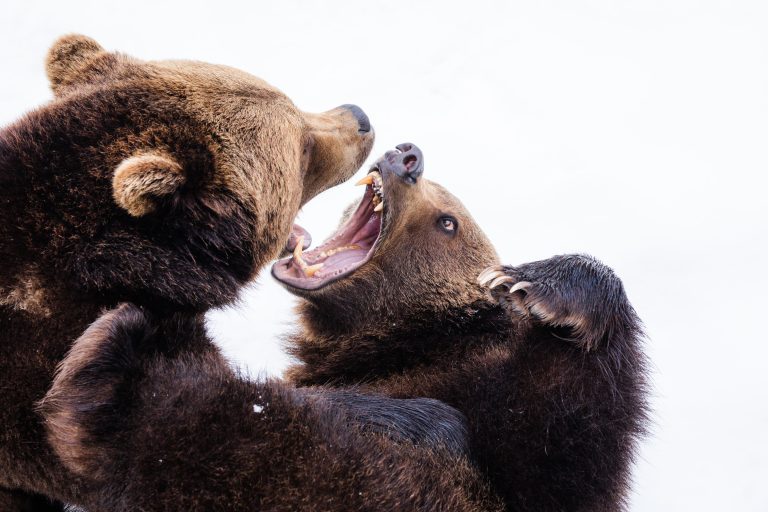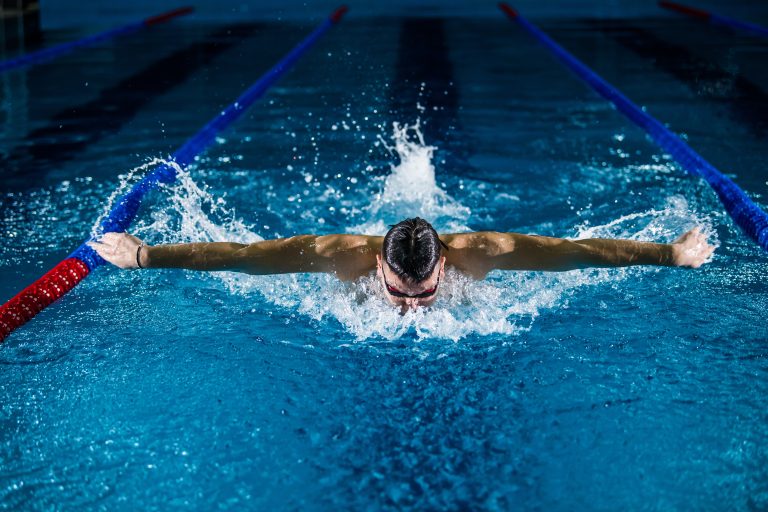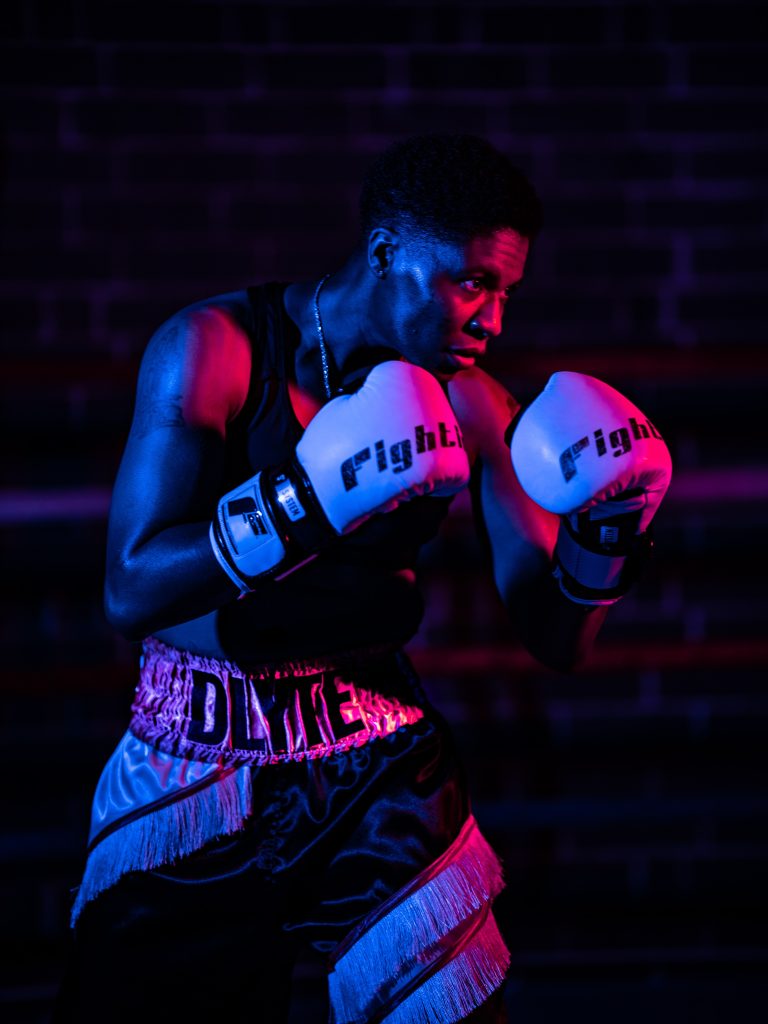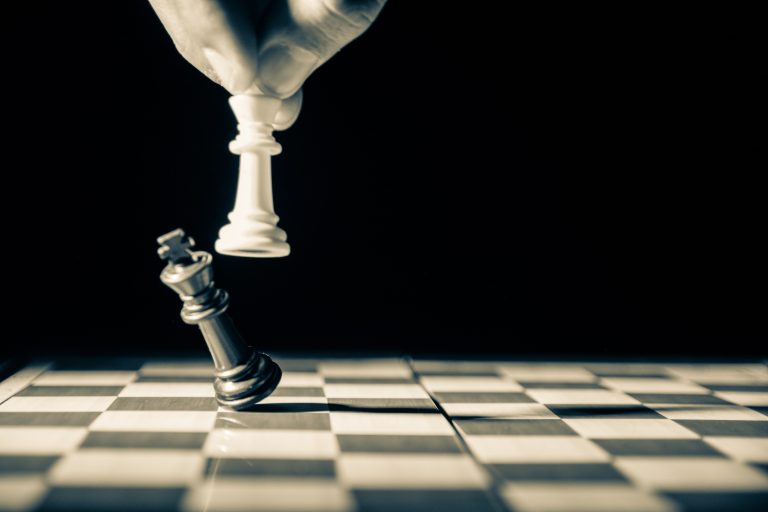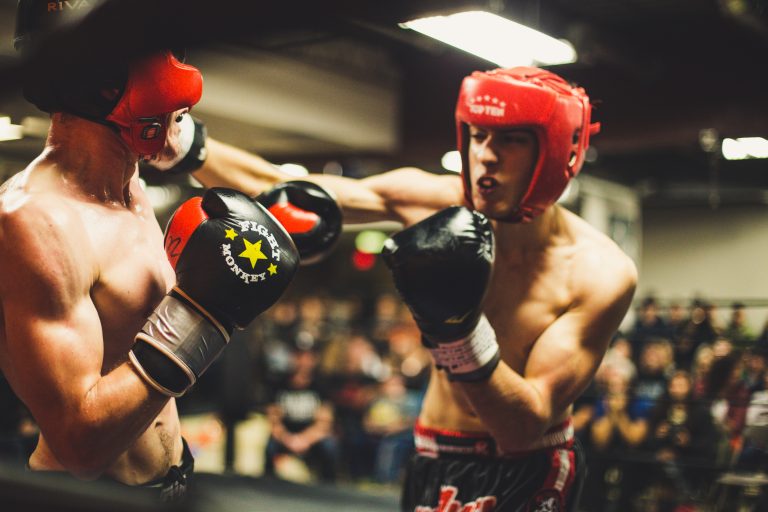Die Bedeutung von Shotokan Karate-Kata
Shotokan Karate ist eine der bekanntesten Kampfkunst-Stile weltweit. Eine der wichtigen Aspekte dieses Stils besteht in den sogenannten “Kata”. Kata sind festgelegte Bewegungsabläufe, die der Karateka ausführt und die ein wichtiger Bestandteil im Karate Training sind. Es gibt verschiedene Arten von Kata, die jeweils eine spezifische Bedeutung haben.
In diesem Beitrag werden wir uns näher mit den Bedeutungen der Kata im Shotokan Karate beschäftigen.
Was sind Kata in Shotokan Karate?
Kata sind eine Reihe von Bewegungen, die der Karateka ausführt. Jede Kata besteht aus einer festgelegten Abfolge von Angriffs- und Verteidigungstechniken, die auf einen unsichtbaren Gegner gerichtet sind. Kata können einzeln oder in Gruppen ausgeführt werden und dienen als Übung, um die Techniken und Bewegungen des Karate zu verinnerlichen.
Die Bedeutung der Kata in Shotokan Karate
Die verschiedenen Kata im Shotokan Karate haben unterschiedliche Bedeutungen. Die bekanntesten sind:
Heian Shodan
Heian Shodan ist die erste Kata, die im Shotokan Karate gelernt wird, und hat eine grundlegende Bedeutung. Der Name bedeutet “Frieden und Ruhe, erster Schritt”. Es soll den Karateka auf den Beginn seiner Ausbildung einstimmen.
Heian Nidan
Heian Nidan ist die zweite Kata im Shotokan Karate und der Name bedeutet “Frieden und Ruhe, Zweiter Schritt”. Es ist eine Fortsetzung der Heian Shodan und enthält fortgeschrittenere Techniken.
Heian Sandan
Heian Sandan ist die dritte Kata im Shotokan Karate und der Name bedeutet “Frieden und Ruhe, Dritter Schritt”. Diese Kata enthält Techniken wie den Rückwärtsschritt und den Sprung.
Bassai Dai
Bassai Dai ist eine fortgeschrittenere Kata im Shotokan Karate und der Name bedeutet “Festung, Groß”. Es enthält Bewegungen wie den Block mit dem Fuß und den Angriff mit einer Handkante.
Kanku Dai
Kanku Dai ist eine der anspruchsvollsten Kata im Shotokan Karate und der Name bedeutet “Himmelsgucker, Groß”. Es enthält fortgeschrittene Techniken wie Sprünge und Drehungen.
Fazit
Die verschiedenen Kata im Shotokan Karate haben unterschiedliche Bedeutungen. Sie dienen nicht nur dazu, die Techniken zu üben, sondern auch die Philosophie hinter dem Karate zu vermitteln. Wenn man die Bedeutungen der Kata versteht, kann man das Training tiefer erleben und besser verstehen, was es bedeutet, ein Karateka zu sein.
The Meaning of Shotokan Karate-Kata Explained
Karate is a martial art that originated in Okinawa, Japan in the 19th century. Shotokan karate is a style of karate that was developed by Gichin Funakoshi. Shotokan karate emphasizes on strong and powerful strikes, and emphasizes on the importance of kata. Kata is the Japanese word for “form” and is a sequence of movements that simulate a fight against one or more imaginary opponents.
Kata is seen as an essential component of Shotokan karate training. It is an instrument of learning that teaches various techniques, movements, and techniques to the practitioner. If you are new to Shotokan karate, you may have a lot of questions about the significance of kata. Here are some frequently asked questions:
What is Kata?
Kata is a series of predefined movements performed in a specific pattern. They are designed to teach practitioners the fundamental principles of Shotokan karate, while also providing a method for developing muscle memory and practicing different techniques.
What is the purpose of Kata?
The purpose of Kata is to provide a way to practice different techniques in a structured and prescribed manner. Practitioners can use kata to develop their understanding of martial arts movements and techniques, as well as to improve their physical abilities and overall health.
What are the benefits of practicing Kata?
There are many benefits to practicing kata regularly, including physical, mental and emotional benefits. Physically, practicing kata can help to improve your flexibility, balance, core strength and coordination. It can also enhance your stamina, endurance and overall fitness. Mentally, kata can help you to improve your focus, concentration and memory skills. It can also provide stress relief and promote feelings of calm and well-being. Emotionally, kata can help to instill a sense of discipline and respect, as well as increase self-confidence and self-esteem.
Why is Kata important in Shotokan karate?
Kata is believed to be an integral part of Shotokan karate training because it allows practitioners to develop their skills and abilities in a controlled and structured environment. It also provides a way for instructors to assess the progress and skill levels of students. In addition, kata helps to preserve the historical and cultural significance of Shotokan karate by passing down traditional movements, techniques and principles.
How many kata are there in Shotokan karate?
There are 26 kata in Shotokan karate. Each kata has a specific name and is designed to teach different techniques, movements and principles. The kata are typically performed in a specific order, starting with the most basic and progressing to the more advanced.
Do I need to memorize all the kata to progress in Shotokan karate?
While it is important to learn and practice as many kata as possible, memorizing all of them is not necessary to progress in Shotokan karate. The most important thing is to understand the principles behind the movements and techniques, and to practice them regularly in a disciplined and focused manner.
How do I learn and practice Kata?
The best way to learn and practice kata is under the guidance of a qualified Shotokan karate instructor. They can provide you with the proper instruction, feedback, and guidance that you need to develop your skills and abilities. It is also important to practice kata regularly, both in class and on your own, to reinforce the patterns and techniques you have learned. Consistent practice and dedication are key to success in Shotokan karate.
Conclusion
Kata is an integral part of Shotokan karate training that helps develop technique, movement, and speed, while providing benefits that span physical, mental, and emotional domains. Practicing kata is part and parcel of Shotokan karate practice, which is best learned and practiced under the guidance of a skilled and knowledgeable instructor. As you progress through your training, don’t forget the importance of kata in developing your physical, mental, and emotional skills. Keep practicing and enjoy your journey of discovery and development in this unique martial art.
Inhaltsverzeichnis

